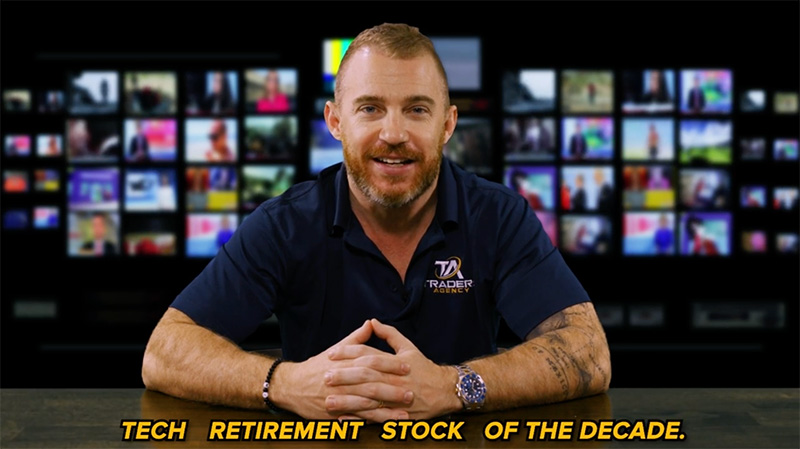Hey there, Trader
Where should I buy a stock?
How do I know if the price is too high?
Is this the beginning of a move? Or the end of one?
These are some of the hardest questions we face as traders.
No one wants to be the jerk who bought the top.
But nothing feels better than getting in on a big move.
So, what’s a hard-working stock trader to do?
It’s simple really. You just need to know the 4 Phases of the Stock Cycle.
Wyckoff for the Win
Legendary trader, Richard Wyckoff, laid out the buy-and-sell stock cycle almost 100 years ago. It is as relevant today as it was then – if not more so. And the pattern looks like this:
Wyckoff Market Cycles
Phase 1 – Accumulation.
This is where institutional investors slowly begin building up large positions in a stock. The stock will generally appear range-bound and trade in a defined range for a period of weeks or months.
Phase 2 – Markup.
A breakout from the accumulation period triggers the markup phase. This will often be accompanied by a surge in volume. If you want to make money buying stocks, this is when you need to own them.
Phases 1 and 2 are the money phases. This is where you will see the bulk of your gains. The rapid rise in stock price attracts other investors who pile on and add to the momentum. This domino effect propels the share price to new highs, allowing for big, quick profits.
Phase 3 – Distribution.
The big boys have made their money. They built up a sizeable position during Phase 1 and now they are selling to book profits.
Savvy traders like us who recognized the Phase 2 breakout and got in at the start are selling as well.
So, if everyone is selling, who is buying?
The suckers, that’s who.
FOMO investors who watched their friends get rich on the move and are tired of missing out.
They’re late to the party. They’re paying a sucker’s price. And the results won’t be pretty.
Phase 4 – Markdown.
The party is officially over now.
Institutional traders are out and there is no one left buying the stock. Volatility increases as investors rush to liquidate their positions.
Moves higher are small and short-lived as traders use these opportunities to get out at break-even or minimize their losses.
The rapid fall in price attracts short sellers who pile on, adding to the selling pressure.
Near the bottom, margin calls are triggered forcing the final wave of selling.
Volume will again increase until eventually, the stock becomes undervalued, and institutions begin buying again.
Phase 1 can now begin, and the process starts all over.
Look at any stock chart – any stock that underwent a big surge higher. It doesn’t matter if it happened in 2020 or 1920.
You will see the pattern.
Several of last year’s best-performing names are entering the dreaded Markdown phase right now.
Take a look at Zoom (ZM)…
Zoom (ZM) Source: TradingView
Last year, it seemed that no price was too high for this stock. It was one of the best trades of the year.
But not anymore.
Institutions have already sold.
Shares are down 50% from the high.
You don’t have to be Warren Buffett to figure out what comes next.
Other 2020 high-flyers like Nio (NIO) and Peloton (PTON) are following the same pattern.
Nio (NIO) Source: TradingView
Peloton (PTON) Source: TradingView
In fact, almost every big name from last year is on its way back down to Earth. These include Tesla (TSLA), Zoom (ZM), Peloton (PTON), Roku (ROKU) and Nio (NIO).
Tesla (TSLA), Zoom (ZM), Peloton (PTON), Roku (ROKU) & Nio (NIO) Source: TradingView
Love Is……Momentum!
I love high momentum stocks. I like being where the action is.
But you must learn to differentiate what is hot now from what was hot last month/quarter/year.
The best way to do that is to buy in Phase 2. Buy the breakout.
Wait for the surge in volume and price.
Get in at the beginning of the move… not when everyone else is cashing out.




